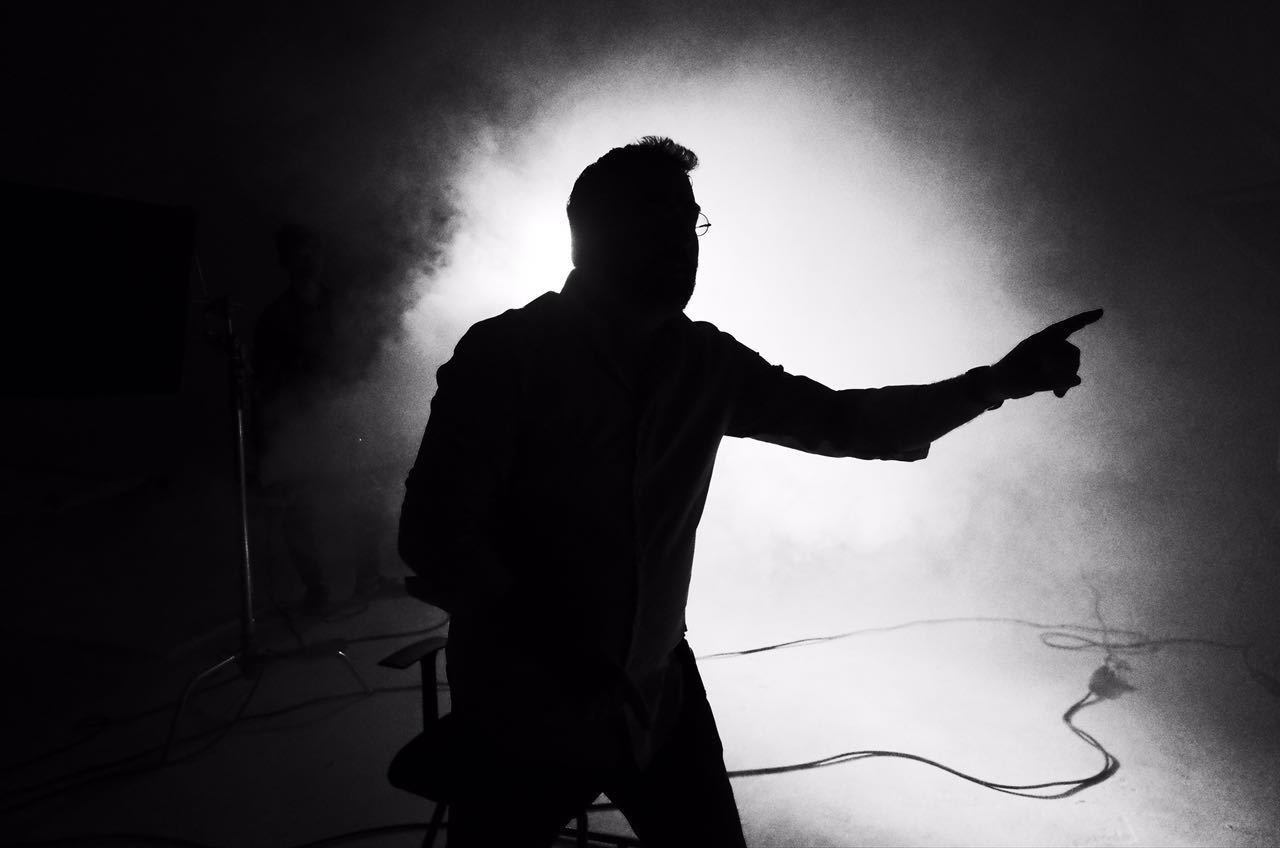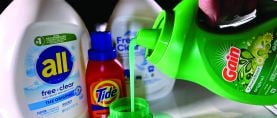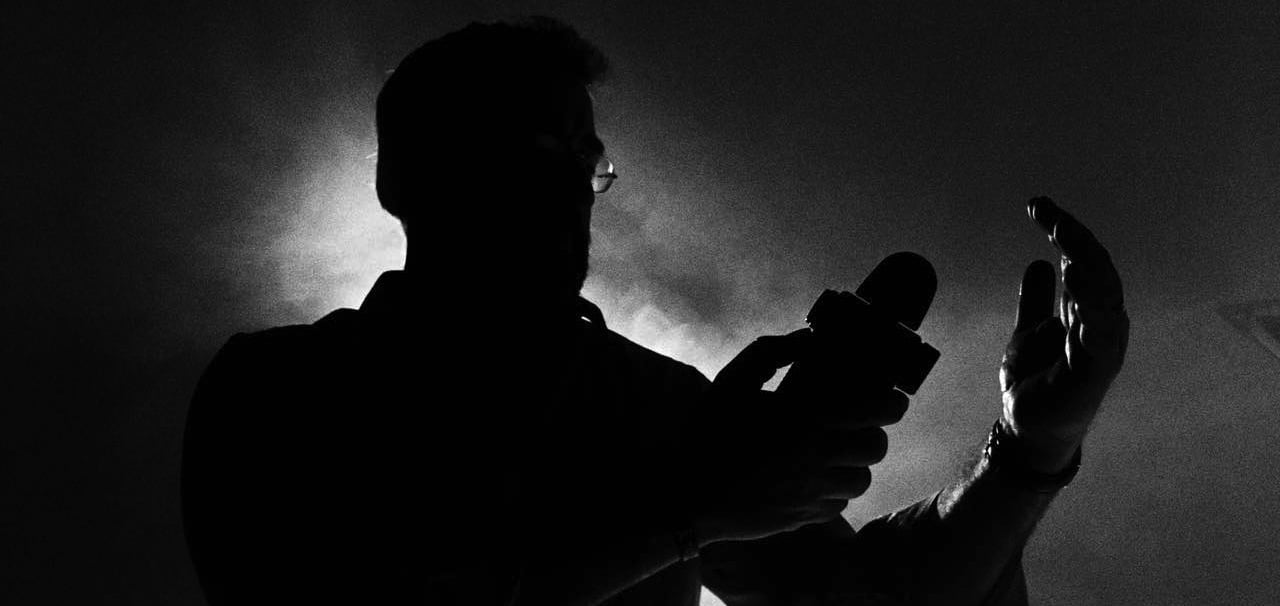
Shot Craft: Smoke and Fog
Looking to accentuate a scene with atmospherics? Here's the details on various approaches.
Smoke is the result of a chemical process, a changing of one form of matter into another, and it’s usually a byproduct of combustion. When you burn something, the chemical change happening to that object produces smoke, which is a mixture of gas, liquid and solid particulates. Depending on the chemical composition of the material being burned, smoke can be a variety of colors — black, red, etc. However, the particulates that comprise the smoke are dangerous to humans, and most special-effects smoke — things like smoke cookies and burning tires — are generally either illegal or require a special permit and a licensed effects artist.
Fog, on the other hand, is comprised of liquid particulates that adhere to imperfections in oxygen molecules in the air. Artificial fog works the same as naturally occurring fog, with water particulates that are small enough to adhere to oxygen molecules. Artificial fog is generally glycol-based and is relatively harmless to humans. In standard foggers, water, glycerin or propylene glycol — colloquially referred to as “fog juice” — is passed through a super-heated nozzle at high pressure and atomized into the air in a fine mist. Fog will generally cover a wide volume of space and will ‘hang’ in the air. If you waft the fog with a large board or fan, you can create an even, featureless concentration in an enclosed space.
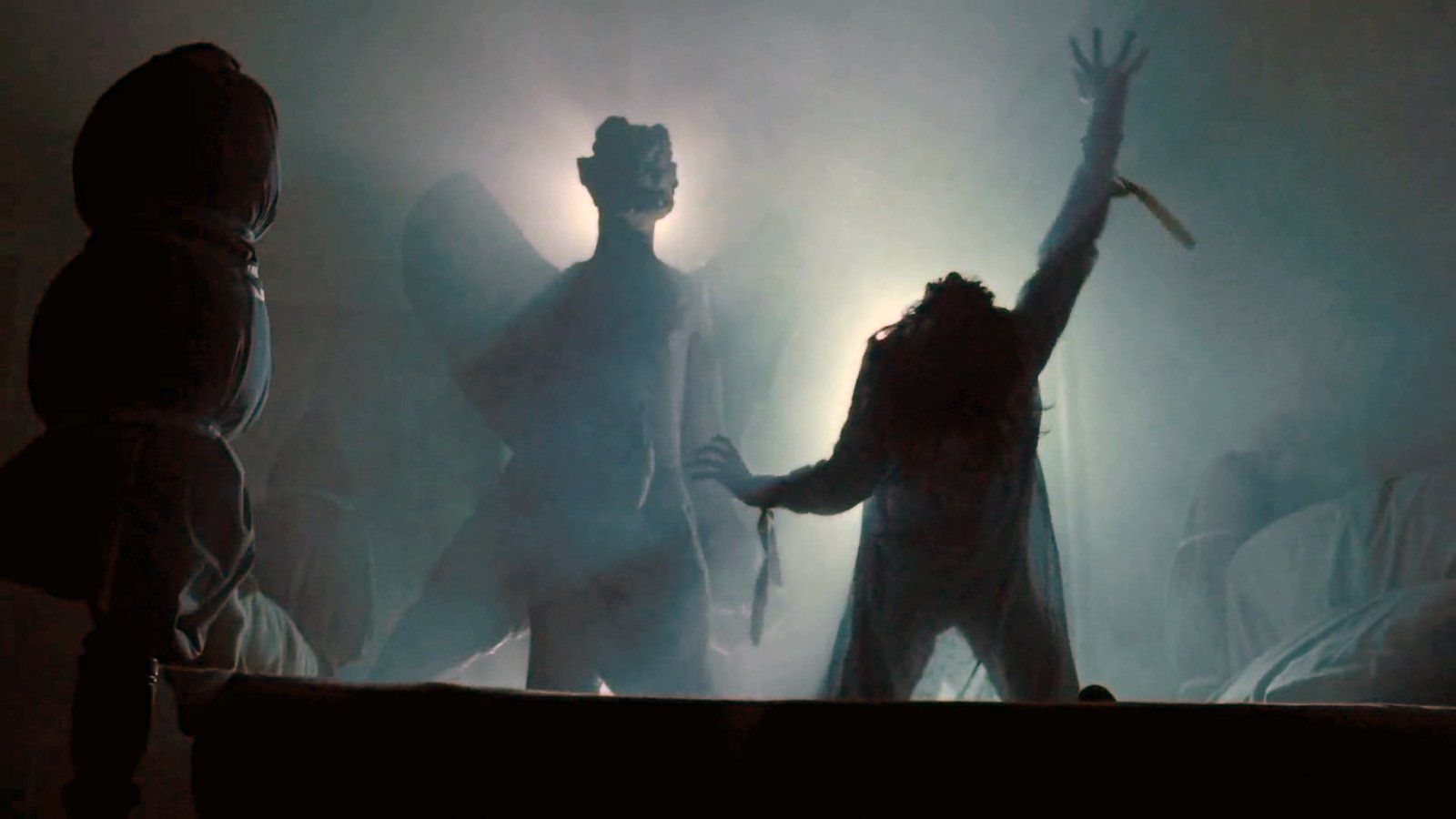

Fog and mist can also be created with liquid nitrogen or solid carbon dioxide (aka “dry ice” — so named because it “melts” directly into a gaseous form rather than a puddle like regular ice). The extremely cold nature of carbon dioxide and liquid nitrogen causes the fog to be considerably denser and heavier than air — or glycol fog, for that matter — and as a result, it “hugs” the ground and is more susceptible to the forces of gravity. For example, you can create a “fog waterfall” with liquid nitrogen, but not with glycol fog.
Since carbon dioxide and liquid nitrogen are mostly used for visual effects or to create low-lying mist, I’ll instead focus on glycol fog and its use for atmospheric rather than special effects.
Unless we’re looking directly at the source, we see light only by way of its reflection or refraction — bouncing off our skin, the floor, the computer keyboard. We see the effect of light, but we can’t see it traveling unfettered through the air.
Enter fog! When there are liquid particulates in the air, light can refract and reflect off of them to define the shape of a light beam. When you see shafts of light in movies — and in real life — it’s because the light is interacting with atmospheric particles.
Also remember that in order to see these shafts of light, we need to backlight the atmospheric particles. That is to say, the light needs to be directed toward the lens — but not necessarily directly into it. If the light were instead to come from behind the lens, it would wash out the scene and reduce the contrast when it hit the particulates, but not necessarily show the shape of the light beam.
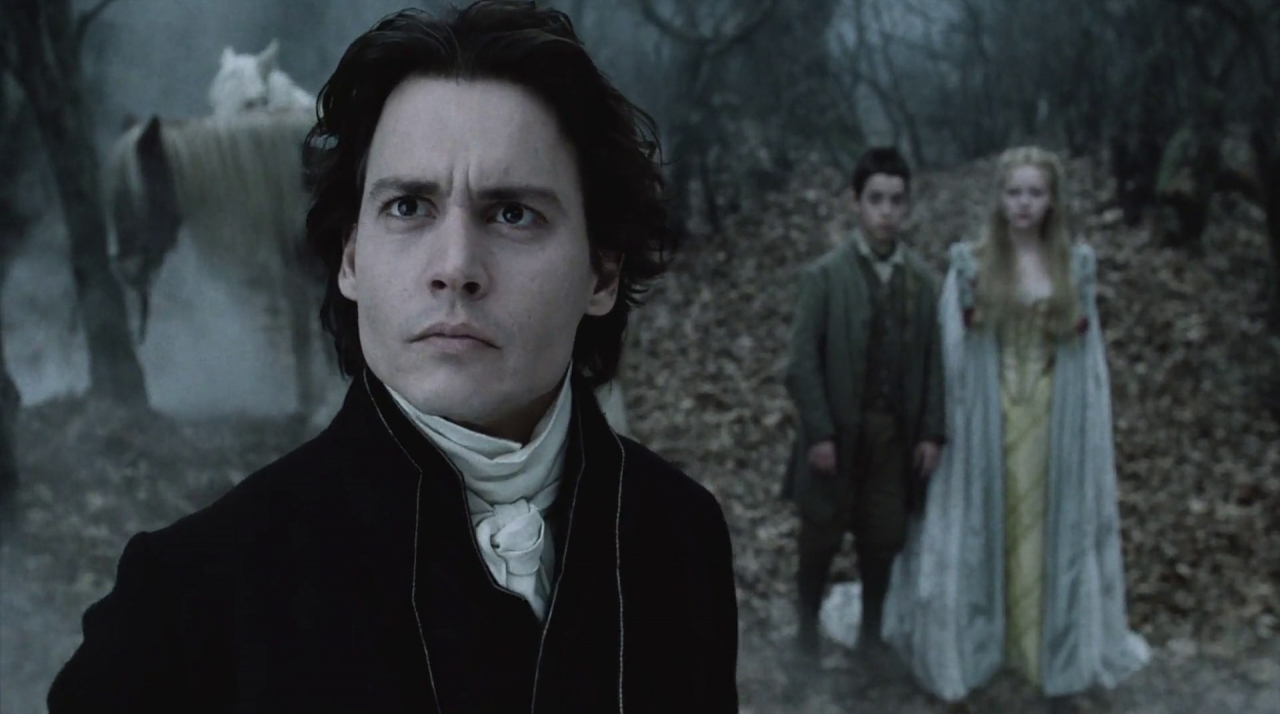
Reduction of contrast, however, is one of the primary reasons to use fog. The level and density of the fog will determine how much the contrast is reduced. Too much fog, and your contrast will be reduced to little more than a gray blob — but just the right amount can help take some of the “video curse” off of digital images and add more depth into the scene. This isn’t like additional depth of field; it’s more the opposite, as it tends to create a hazy effect so that the background seems to be farther away. This requires a light but consistent level of fog, created by spraying it into the room in small doses and wafting it until it dissipates into a consistent layer of haze without any definition. The closer your subjects are to the camera, the less they will be affected by the fog.
There are some alternates to the glycol-based foggers, and some legal uses of smoke. Burning incense or sage can create smoke that isn’t too offensive to most people, although people with sensitivity to fragrances can still be bothered. There are also some companies that make aerosol sprays that produce a fog-like haze from a can; both Diffusion Cloud in a Can and Fantasy FX Professional Haze use a pharmaceutical-grade “white” mineral oil to create a good haze in an enclosed space and are generally available from film or theatrical expendable suppliers. Additionally, hazers are foggers that release a much finer amount of diffusion into the air, so less wafting is necessary.
It is important to keep in mind that even though fog is not a product of combustion, the fine particulates in the air can confuse some smoke detectors and thus trip alarms.
